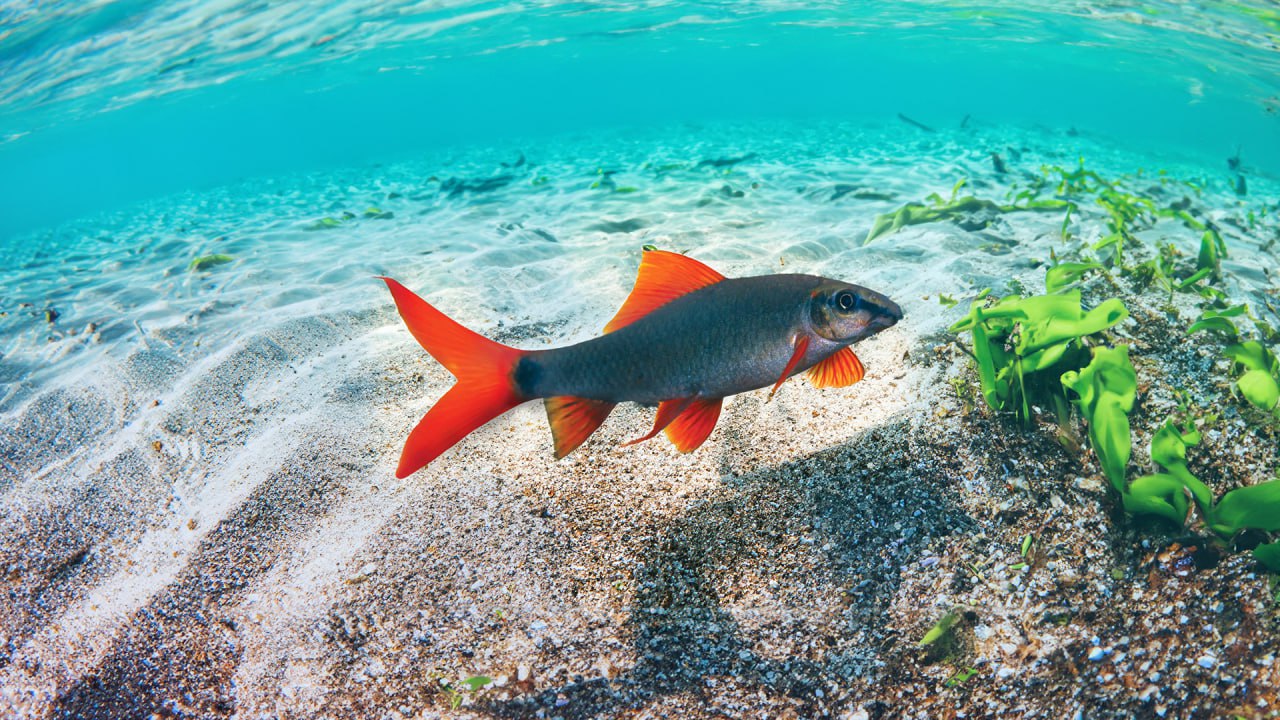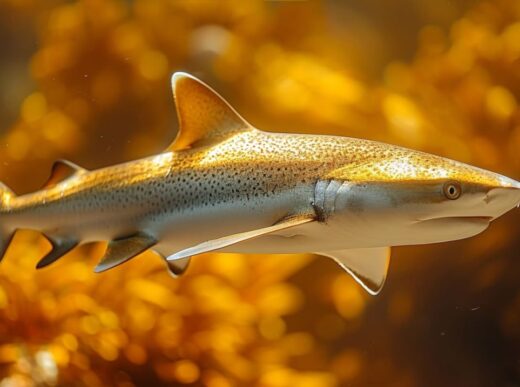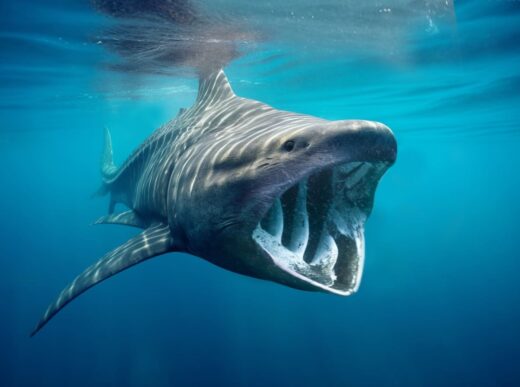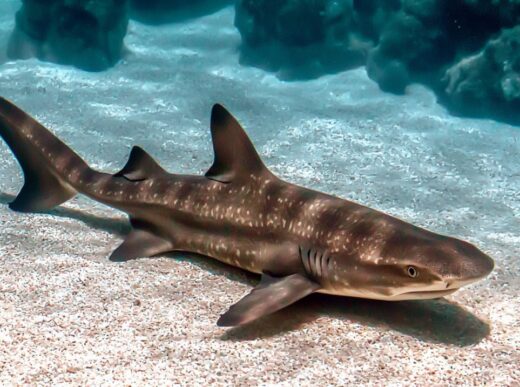Get ready for an underwater adventure as we explore the captivating world of rainbow sharks, which, despite their name, aren’t sharks at all! These vibrant and colorful fish are closely related to carp and have a fascinating story to tell. Join us as we uncover 20 fun and fascinating facts about rainbow sharks that will leave you seeing them in a whole new light!
20 Amazing Facts About Rainbow Sharks
Let’s embark on this thrilling journey into the mesmerizing realm of sharks!
Characteristics
1. Isn’t it fascinating how the name «rainbow shark» can be a bit misleading? Despite the name, it’s actually not a shark at all but belongs to the carp family. Quite the surprise, right?
2. And it’s not just one name it goes by. You might have heard it called the green labeo, or even the ruby or red-spotted shark. Talk about a case of multiple identities!
3. This little fish, reaching up to about 30 centimeters in length, is a popular choice for aquariums because of its vibrant appearance.
4. Picture this: an elongated body, often blue or black, adorned with bright spots that really pop, especially against those orange or red fins. Sometimes, you might even spot a rainbow albino shark swimming around!
5. And here’s the kicker: in aquariums, you might come across rainbow sharks sporting some truly exotic colors, thanks to genetic mutations. It’s like having your very own aquatic rainbow!
6. Scientists have given it the rather fancy name Epalzeorhynchos frenatum, which translates to “beak-head shark.” But don’t let that fool you – these freshwater sharks are all about adding a splash of color to your tank.
Habitats
7. In the wild, you’ll find the rainbow shark chilling out in the freshwater rivers of Southeast Asia, specifically hanging around in places like the Mekong and other river basins in Laos and Thailand.
8. But here’s an interesting tidbit: these fish aren’t homebodies. Nope, they’re all about the seasonal migration life. When the floods hit, you can catch them making moves to flooded areas, only to return to their regular river spots once the waters recede. It’s like they’ve got their own little aquatic travel plans!
Lifestyle
9. In their natural habitat, rainbow sharks are all about that fresh and warm river life. They tend to stick close to the bottom or hang out in the mid-level waters, which is pretty much how they roll in aquariums too.
10. Now, here’s where things get interesting. While they’re chill with their river buddies in the wild, once they’re in aquariums, they can get a bit feisty. Rainbow sharks might start butting heads with their tank mates, especially their own kind. It’s like they’re trying to establish dominance in their little aquatic domain!
Eating habits
11. Just like their carp cousins, rainbow sharks aren’t on the prowl for prey. They’re more into the chilled-out life of a plankton and algae eater. But hey, they’re not picky eaters; they’ll also chow down on some insect larvae or tube worms if the mood strikes.
12. And when they’re living it up in aquariums, rainbow sharks take on a noble role as the cleanup crew. They’re like the underwater janitors, tidying up algae and munching on any leftover nibbles that other fish might leave behind. It’s just part of their carp family charm!
Intelligence and Social Behavior
13. Living the solo life seems to suit rainbow sharks best. Packing them together or keeping them in small groups can spark some serious competition. The bigger fish in the tank tend to throw their weight around, chasing off the smaller ones until they’ve staked out their own territory. It’s like a fishy version of «survival of the fittest»!
Reproduction
14. Rainbow sharks typically reproduce by laying eggs, but there haven’t been any documented instances of them breeding in aquariums.
15. In the wild, rainbow sharks have no trouble reproducing. In fact, in some countries, they’re even purposefully bred on farms.
Population
16. In their natural habitat, the population of rainbow sharks is dwindling and in some cases nearing critical levels. With just four species of rainbow sharks, all of them are classified as vulnerable by scientists.
Danger To Humans
17. It’s no wonder that rainbow sharks, whether due to their size or their diet, don’t pose any threat to humans.
18. Humans don’t hunt rainbow sharks for food or capture them commercially. They’re primarily kept as ornamental fish, prized by aquarists for their unique coloring.
Are There Any Aquariums with Rainbow Sharks?
19. Seeing a rainbow shark in its natural habitat isn’t a walk in the park. They inhabit numerous rivers across the Indochina peninsula, so they might occasionally end up on a fisherman’s hook. However, due to their small size, they aren’t highly prized catches.
20. On the flip side, encountering rainbow sharks in captivity is much more straightforward. All you need is a moderately sized aquarium, slightly over 200 liters. This space is adequate for accommodating 1-2 rainbow sharks comfortably.




